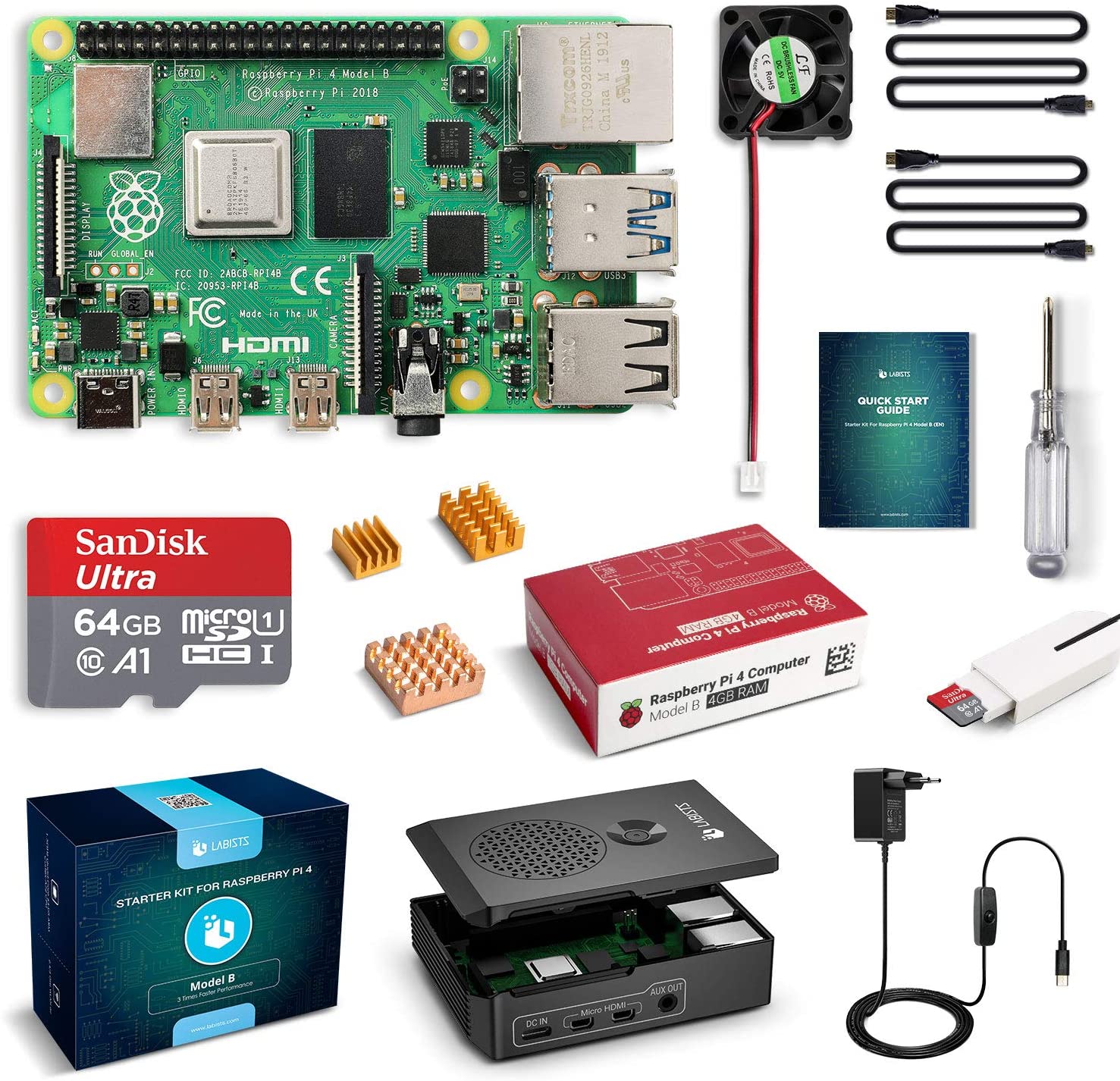

If no derived credential issuer is configured, Intune prompts you to add one. Your options:ĭerived credential: Use a certificate that's derived from a user's smart card. This certificate allows the client to trust the wireless network access server's certificate.Īuthentication method: Select the authentication method used by your device clients. Root certificate for server validation: Select an existing trusted root certificate profile. When you enter this information, you can bypass the dynamic trust window displayed on user's devices when they connect to this Wi-Fi network. Use and Provision PAC Anonymously: Create and add the PAC file to your devices without authenticating to the server.Ĭertificate server names: Add one or more common names used in the certificates issued by your trusted certificate authority (CA) to your wireless network access servers.Use and Provision PAC: Create and add the PAC file to your devices.Use (PAC): If an existing PAC file exists, use it.This option uses protected access credentials to create an authenticated tunnel between the client and the authentication server. Your options:ĮAP-FAST: Enter the Protected Access Credential (PAC) Settings. When connecting to a new network, devices present a randomized MAC address, instead of the physical MAC address.ĮAP type: Select the Extensible Authentication Protocol (EAP) type used to authenticate secured wireless connections. No: Enables MAC address randomization on devices.Only disable MAC address randomization when necessary, such as for network access control (NAC) support. Yes allows devices to be tracked by their MAC address. Yes: Forces devices to present their actual Wi-Fi MAC address instead of a random MAC address.By default, when connecting to a network, devices will present a randomized MAC address instead of the physical MAC address when connecting to a new network.
#WIFI EXPLORER MAC EQUIVALENT ON IPHONE UPDATE#

However, randomized MAC addresses break functionality that relies on a static MAC address, including network access control (NAC). Using randomized MAC addresses is recommended for privacy, as it's harder to track a device by its MAC address. įor more information on PAC files, see Proxy Auto-Configuration (PAC) file (opens a non-Microsoft site).ĭisable MAC address randomization: Starting with iOS/iPadOS 14, devices present a randomized MAC address instead of the physical MAC address when connecting to a network.

Enter the Proxy server URL that contains the configuration file. Manual: Enter the Proxy server address as an IP address, and its Port number.Īutomatic: Use a file to configure the proxy server.
#WIFI EXPLORER MAC EQUIVALENT ON IPHONE PASSWORD#
Enter this password or network key for the PSK value.

When your organization's network is set up or configured, a password or network key is also configured.


 0 kommentar(er)
0 kommentar(er)
